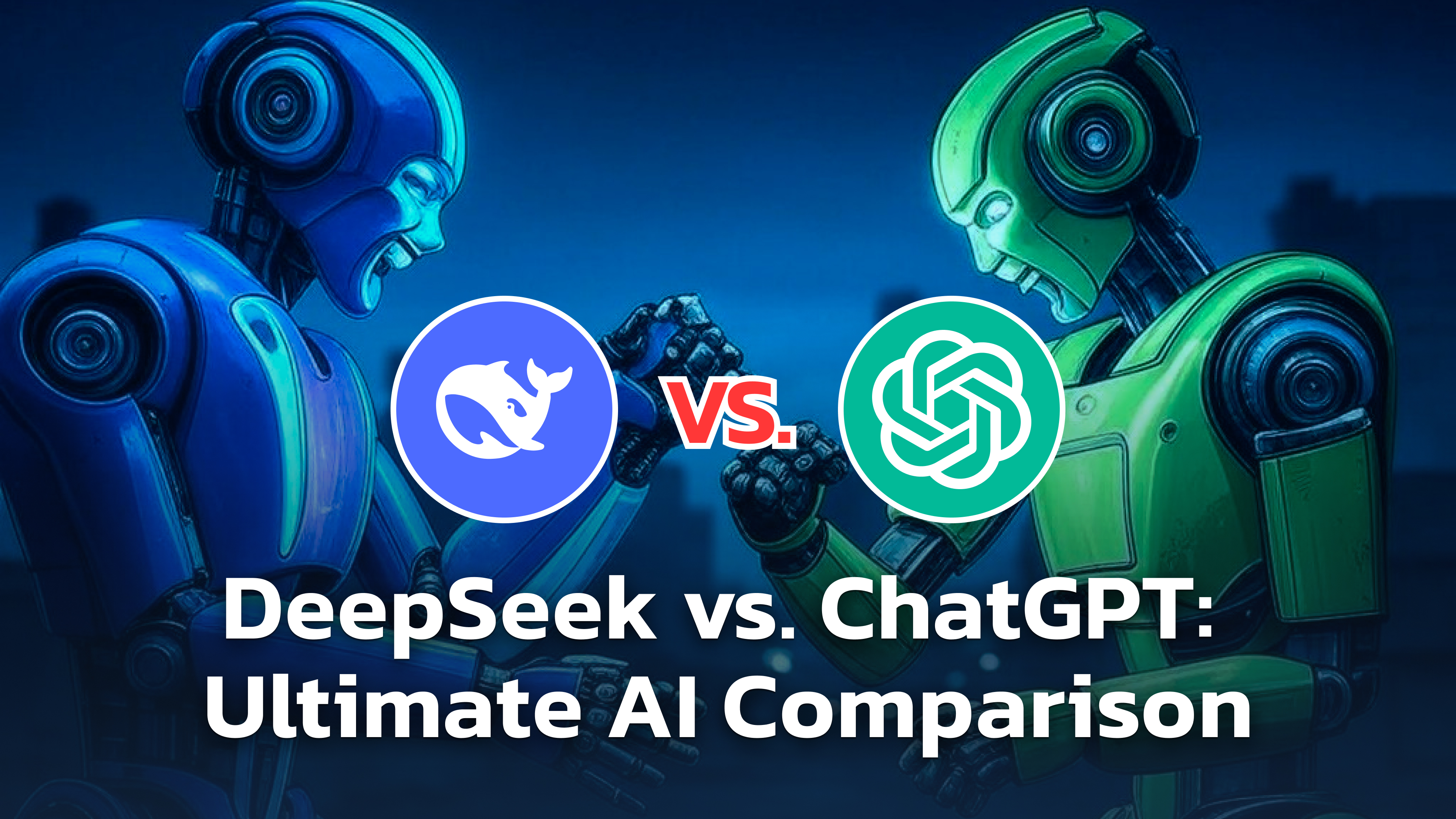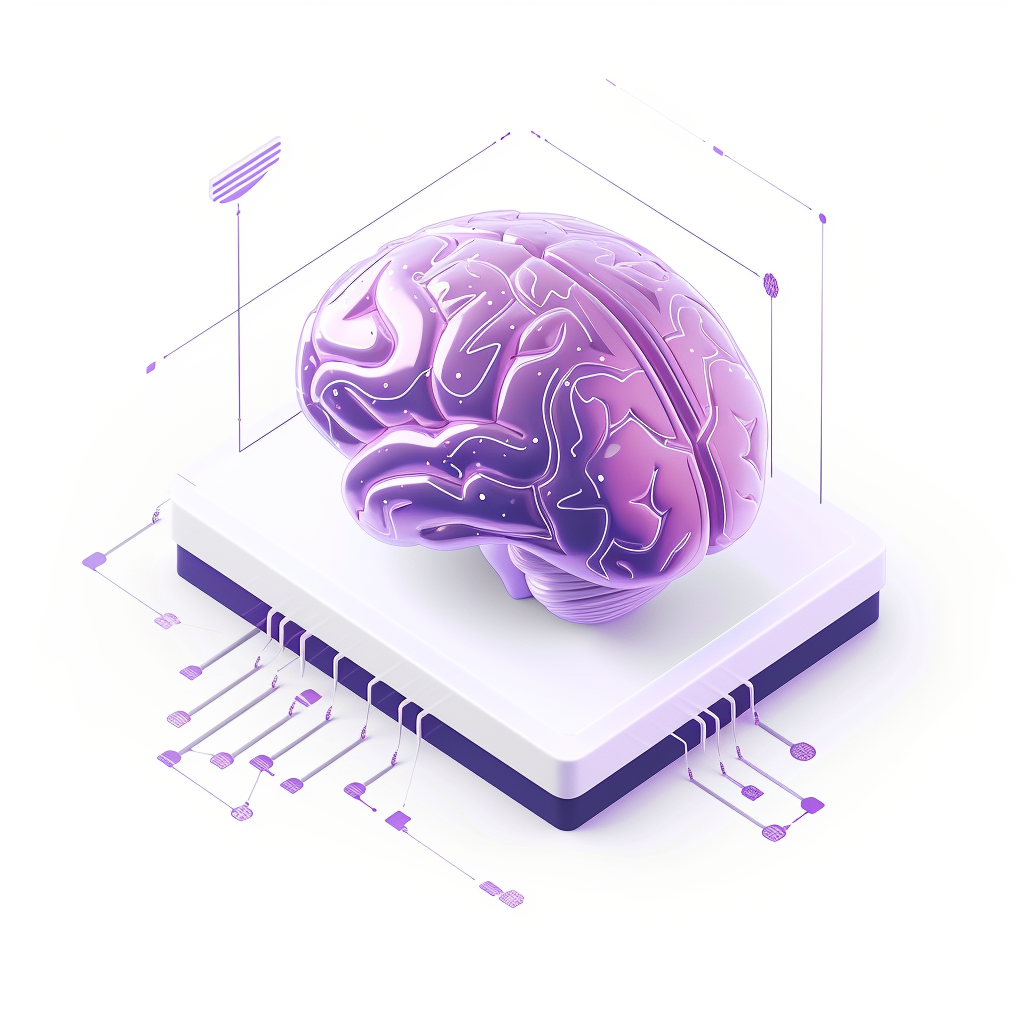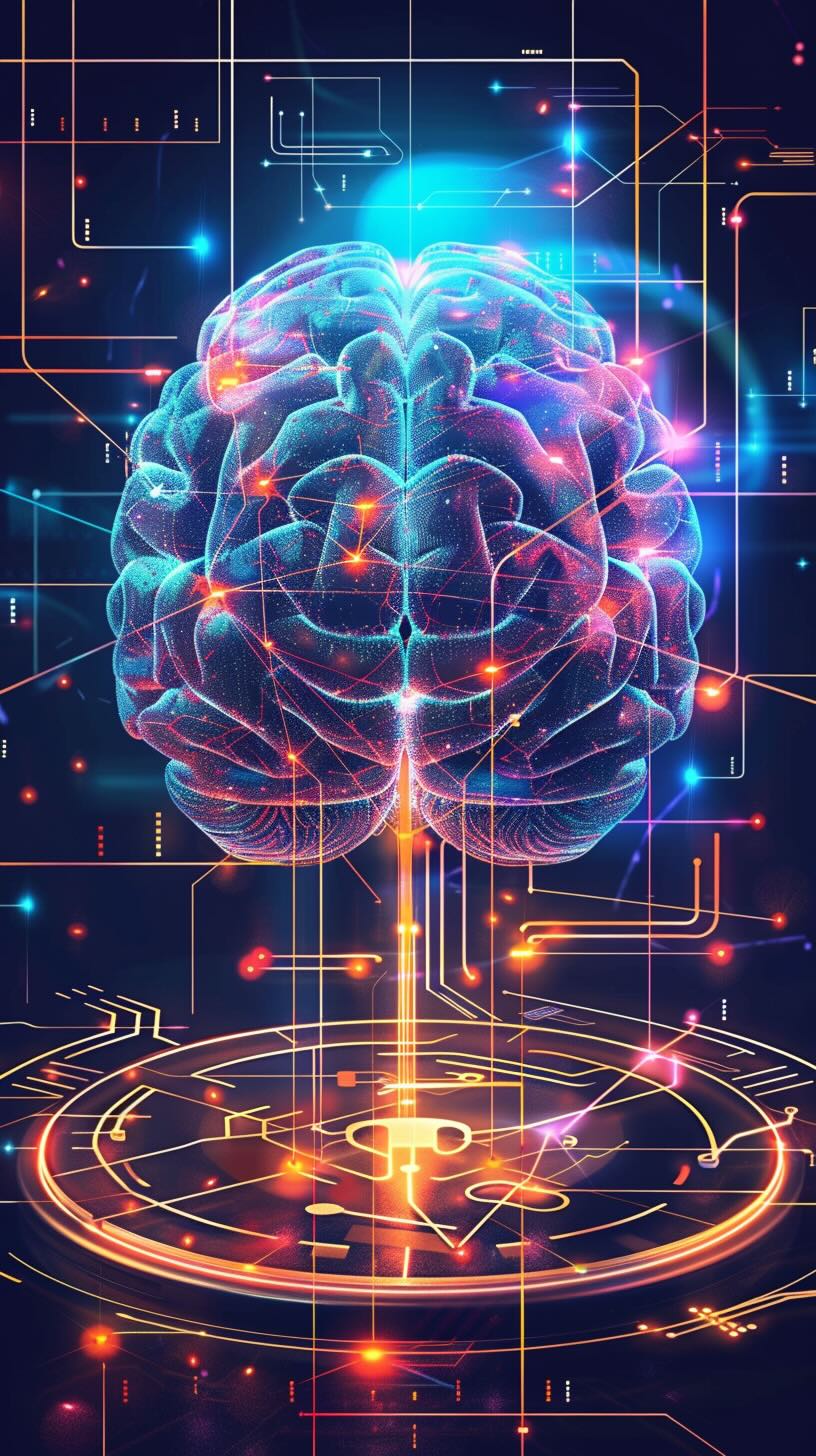AI is evolving so fast that even top players like ChatGPT are being challenged. Enter DeepSeek—an open-source AI from China making waves with its hybrid training, low-cost operation, and surprising versatility. It’s reshaping the competition in ways you might not expect.
In this article, I’ll dive deep into how DeepSeek stacks up against ChatGPT, comparing their core strengths, weaknesses, and distinct features. Plus, I’ll reveal how other models like Google’s Gemini 2.0 and Anthropic’s Claude 3.5 are stepping up to the challenge.
You might be surprised which model comes out on top.
Understanding DeepSeek
DeepSeek, which originated in China, represents a significant stride in the nation’s AI development efforts. Its debut disrupted the entire tech space for over a week. Its open-source nature is a key characteristic that sets it apart.
DeepSeek surpassed OpenAI in GitHub stars for their top 2 projects! 🐋
— Yuchen Jin (@Yuchenj_UW) February 7, 2025
DeepSeek-R1 cooked "openai-cookbook", in just 3 weeks.
A milestone in open-source AI history! pic.twitter.com/EKqUnFs7eh
In AI, open-source means the model’s code, architecture, and training data are accessible to the public. This openness allows developers to customize the model, contribute to its improvement, and adapt it to specific needs.
DeepSeek uses a hybrid training approach that combines unsupervised and supervised learning. This means it learns from vast amounts of raw, unlabeled data and from carefully curated, labeled datasets that provide guided instruction.
This dual approach enables DeepSeek to develop a broad understanding of language and perform diverse tasks. In fact, It can even ” pretend” to be a GPT-4 model. Unlike earlier models, one significant advantage is that it can run on cheaper chips.
DeepSeek has released a series of generative AI models since its creation in 2023. These include DeepSeek Coder, designed for coding-related tasks; DeepSeek LLM, its first general-purpose model; and DeepSeek-V2, which focuses on strong performance and lower training costs.
Source: DeepSeek Website
More recent versions include DeepSeek-Coder-V2, a 236 billion-parameter model with a context window of 128,000 tokens for complex coding challenges; DeepSeek-V3, which uses a mixture-of-experts architecture with 671 billion parameters; and DeepSeek-R1, which is based on DeepSeek-V3 and focused on advanced reasoning tasks1.
DeepSeek-R1 is designed to compete with OpenAI’s models while maintaining a lower cost structure.
Understanding ChatGPT
ChatGPT, developed by OpenAI, has become a household name in the world of AI chatbots. Unlike DeepSeek, ChatGPT operates on a closed-source model. This means that its internal workings, including the code and training data, are proprietary and inaccessible to the public.
While this approach allows OpenAI to maintain control over the model’s development and ensure quality, it also limits customization and community contributions.
ChatGPT has gained immense popularity due to its user-friendly interface, impressive language capabilities, and wide range of applications. Its accessibility and ease of use have made it a go-to AI tool for many individuals and businesses.
ChatGPT has evolved through several versions, including GPT-3.5 Turbo, known for its speed and cost-effectiveness. The latest models, GPT-4o and GPT-4o Mini, offer advanced intelligence and multimodal input options, with improved data extraction, classification, and verbal reasoning capabilities. GPT-4o has a context window of 128,000 tokens. ChatGPT+ uses GPT-4-Turbo and has a context length of 32,000.
DeepSeek R1 has been compared to all these models, and it appears to be better than them. However, after the release of R1, OpenAI launched its own o3-mini Deep Reasoning, which has been reported to be a magical advancement over the company’s earlier model and strongly competes with R1 in many test cases.
o3-mini is out!
— Sam Altman (@sama) January 31, 2025
smart, fast model.
available in ChatGPT and API.
it can search the web, and it shows its thinking.
available to free-tier users! click the "reason" button.
with ChatGPT plus, you can select "o3-mini-high", which thinks harder and gives better answers.
Comparative Analysis: DeepSeek vs. ChatGPT
The contrasting nature of DeepSeek and ChatGPT—open versus closed source—presents a fundamental difference with significant implications.
| Features | DeepSeek | ChatGPT |
| Source Code | Open | Closed |
| Customization | High; allows modification and adaptation. | Limited; restricted to OpenAI’s provided features |
| Transparency | Greater insight into model workings | Limited insight; operates as a “black box.” |
| Community Support | Benefits from community contributions and collaborative development | Relies on OpenAI’s support and updates |
| Security Risks | Potentially higher due to open access | Centralized control may offer better security management |
| Technicals | This includes models like DeepSeek-V3 (671B parameters) and DeepSeek-R1, which are designed for advanced reasoning and cost-effectiveness. | This includes models like GPT-4o, which excels in complex tasks and multimodal processing and has a context window of 128,000 tokens. |
Open-source models like DeepSeek encourage transparency, allowing researchers and developers to scrutinize the code for vulnerabilities and biases. However, the code’s accessibility also presents potential security risks, as malicious actors could exploit vulnerabilities.
The reality is the secrets are out. Everyone knows how to code a transformer, how to RLHF, how to use reinforcement learning for reasoning. There will be thousands of open source implementations in addition to DeepSeek and Llama. There is no putting this back in the box. https://t.co/VTt3aGecYQ
— Marc Andreessen 🇺🇸 (@pmarca) February 6, 2025
Closed-source models like ChatGPT offer greater control over security and quality. OpenAI can carefully manage the model’s development, implement security measures, and ensure consistent performance. However, the lack of transparency raises concerns about bias, data privacy, and potential unintended consequences.
In terms of performance and capabilities, DeepSeek and ChatGPT excel at various natural language processing tasks. Both models can generate human-quality text, create different creative text formats, translate languages, write different kinds of creative content, and answer questions in an informative way.
However, their strengths vary depending on the specific task. DeepSeek, with its hybrid training approach, performs superiorly in tasks requiring a broad understanding of language and context. ChatGPT, on the other hand, with its extensive training on diverse datasets, excels at tasks requiring specific knowledge or creative writing skills.
Data privacy and security are critical considerations when evaluating AI models. There have been concerns about DeepSeek’s data handling practices and the potential for government access to user data.
While the specifics of DeepSeek’s data privacy policies remain unclear, the open-source nature of the model allows for greater scrutiny and potential mitigation of privacy risks.
OpenAI, on the other hand, has established data privacy policies and security measures to protect user data. However, concerns remain about the potential for data breaches or misuse of data by OpenAI.
Cost and accessibility are also important factors to consider. DeepSeek’s open-source nature offers the potential for cost savings, as users can run the model on their own hardware without paying licensing fees. Additionally, DeepSeek’s ability to run on cheaper hardware further reduces the cost barrier.
ChatGPT, however, requires users to pay for access to the OpenAI API or subscribe to a premium plan. While the cost may be higher, ChatGPT offers a user-friendly interface and readily available support, making it accessible to a wider audience.
The potential for censorship and bias is a concern with any AI model. The Tech Burner video mentions that DeepSeek avoids sensitive topics related to China, which many prompts have verified the bias.
ChatGPT has also been criticized for exhibiting biases in its responses, which reflect the biases present in its training data. Bias is a major topic of discussion in the AI space.
Final Thoughts: The Future With DeepSeek, ChatGPT, Gemini 2.0, Claude 3.5, and Others
While DeepSeek and ChatGPT have garnered significant attention, it’s important to recognize that they are just two players in a rapidly evolving AI landscape. Google’s Gemini 2.0 and Anthropic’s Claude 3.5 represent other prominent AI models with unique strengths and capabilities.
Gemini 2.0, with its multimodal capabilities, can process and generate text, images, and audio, making it well-suited for applications such as content creation and data analysis. Claude 3.5, developed by Anthropic, is designed to be helpful, harmless, and honest, prioritizing ethical considerations and safety.
These models compete with DeepSeek and ChatGPT in various ways. Gemini 2.0’s multimodal capabilities set it apart, while Claude 3.5’s focus on ethics and safety appeals to users concerned about responsible AI development.
The competitive dynamics of the AI market are driving innovation and pushing the boundaries of what’s possible.
In fact, the rise of AI is massively transforming various industries and aspects of life. If AI keeps going at this pace, the future is unimaginable.







